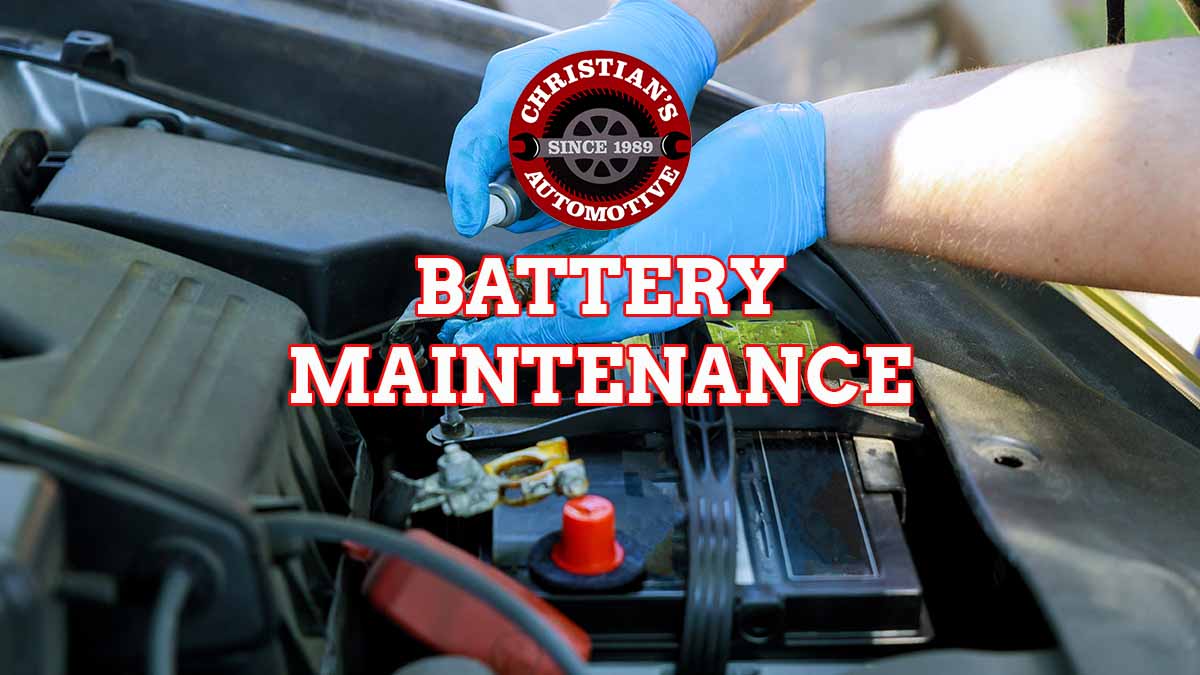
What’s Running On Your Car Battery?
October 3, 2022
Car Battery Life and Maintenance
October 14, 2022Tire Pressure
All passenger vehicles manufactured since 2006 are equipped with tire pressure monitoring systems – or TPMS. TPMS alerts you when your tires aren’t properly inflated with a warning light that looks like a cross section of a tire with an exclamation point in it. Some vehicles may also have a digital readout showing tire pressure at each tire, expressed in pounds per square inch, or psi.
In some climates, the outside air temperature may vary by as many as 40°F/22°C in one day. That’s enough to change the air pressure in your tires by four psi, which could cause a TPMS warning light, depending on your beginning tire pressure. That prompts some people to think there’s something wrong with their tires or the TPMS, but it may just be that variation in the outside air temperature. In any case, it means you need to check your tire pressure.
You really shouldn’t rely solely on your TPMS to measure your tire’s air pressure. By the time the TPMS warning light comes on, your tire is already severely under-inflated. The TPMS is intended to alert you when tire pressure is dangerously low: it is not a replacement for a tire gauge. It’s always a good idea to have a quality tire gauge handy so that you can check your tire pressure at least once a month. The best time to check your pressure is the first thing in the morning when the tires are cold. The recommended cold tire pressure is on a placard somewhere on the driver’s door jamb and in the owner’s manual. A tire pressure check is standard procedure when you bring your vehicle into your NAPA AutoCare Center. We’ll be able to answer any questions you may have and make recommendations.
The TPMS warning light will also appear if there is something wrong with the system itself. A TPMS sensor needs to be replaced when its battery dies or if it is damaged. The TPMS system needs to be reset when you get new tires or when they are rotated.
Tire pressure is important for your vehicle’s safety for several reasons. First, your vehicle won’t handle properly with low tire pressure. Low pressure also contributes to excessive wear and heat buildup in the tire itself. This can lead to a blowout, and at high speed, could contribute to an accident. One major study shows 1 in 4 cars and 1 in 3 light trucks has at least one significantly under-inflated tire. Help ensure your passengers’ safety; keep your tires properly inflated.





